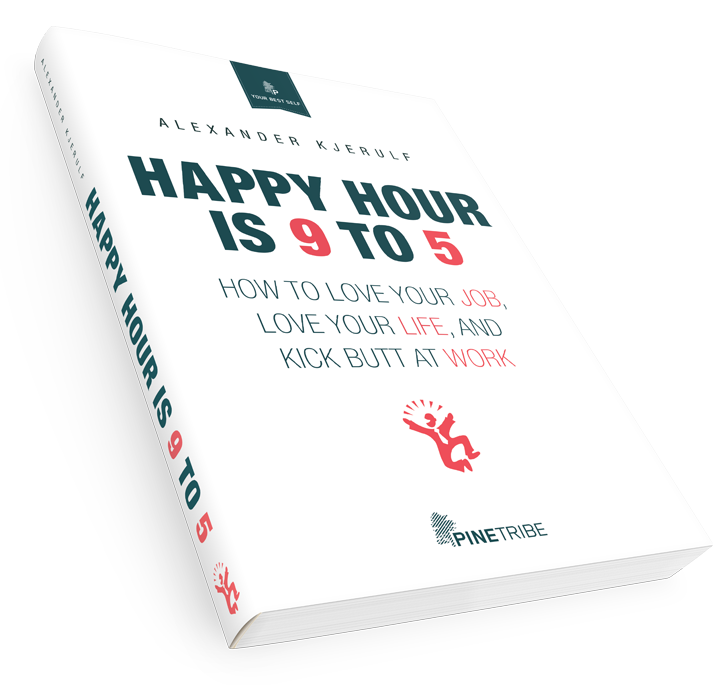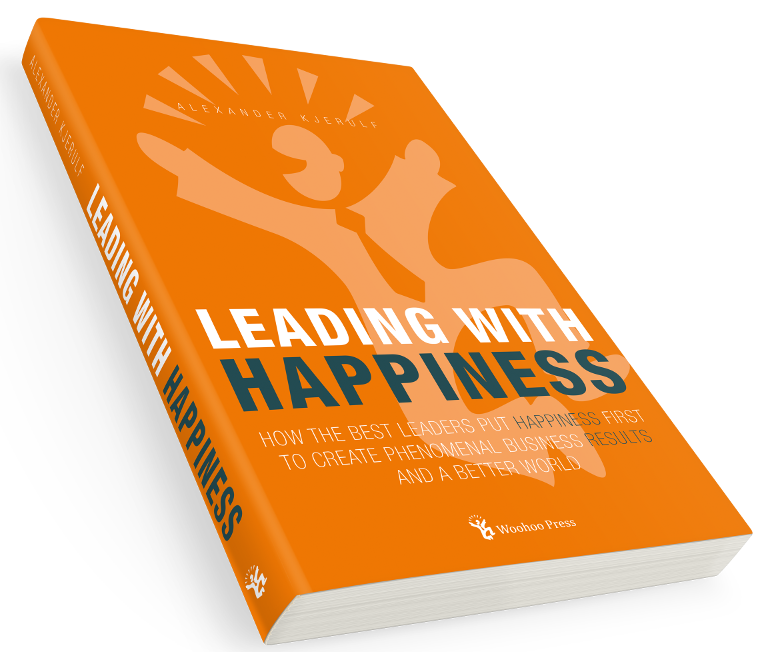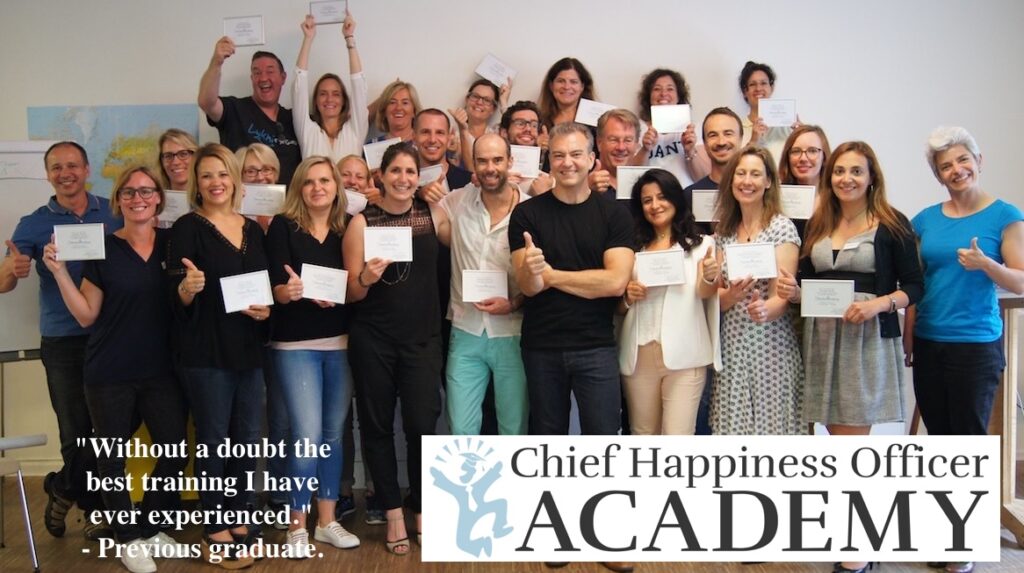-
The importance of stories
Stories and storytelling have played a major part in three of the books that I’ve read lately.
It’s interesting to see the ancient art of telling stories used in such different settings as change management and child therapy.
(more…) -
Values as clear goals?
I’m currently reading Flow by Mihaly Csikszentmihalyi. The book is about that state of consciousness where everything just flows. Where the gears mesh smoothly, there are no distractions, you loose track of time, and it feels really good.
You can achieve flow at work or in your free time. Concert violinists and mountain climbers can find flow, but so can school teachers and assembly line workers.
In one of the early chapters, he lists the requirements for flow, one of which is “clear goals and feedback”. It’s easier to enjoy what you do when you immediately know if you’re doing it right. Which is bad news for many people in the workplace, because quite often, the actions we take in the workplace does not have clear goals or fast feedback. Often we won’t know for days or month whether what we’re doing works.
But there’s a way around that, and I think it revolves around values.
(more…) -
Quote
What I “discovered” was that happiness is not something that happens. It is not the result of good fortune or random chance. It is not something that money can buy or power command. It does not depend on outside events, but, rather, on how we interpret them. Happiness, in fact, is a condition that must be prepared for, cultivated and defended privately by each person. People who learn to control inner experience will be able to determine the quality of their lives, which is as close as any of us can come to being happy.
– Mihaly Csikszentmihalyi in Flow -
Book review: The springboard
Stephen Denning was faced with a task, which I do not envy him: He was charged with implementing knowledge management in huge and very conservative organization (the World Bank) which so far had not considered itself in the knowledge business.
This book is the story of how he did it – using stories. He found that whenever he used “traditional” presentations to present the idea of knowledge management and the changes necessary to implement it, he got nowhere. People were skeptical. However, when he used stories to convey the message, people’s attitudes changed, and they became much more positive.
(more…) -
Quote
If we hope to live not just from moment to moment, but in true consciousness of our existence, then our greatest need and most difficult achievement is to find meaning in our lives.
– Bruno Bettelheim in The uses of enchantment -
Happiness at work
Seems a lot of people are interested in happiness in the workplace these days. Check out this Google search.
A few highlights:
These guys are starting self-replicating “Joy at work” support groups.
Tips for hiring the right people.
An article on interpersonal relations at work.
Health and happiness at work. -
New design (yaaay)
New site design, thanks to Pernille. Is she good or is she good?
-
Learning styles
While webresearching about learning, I found some info on learning styles. It seems there are different basic approaches to learning.
(more…) -
Quote
Work is fast replacing religion in providing meaning in people’s lives. Work has become how we define ourselves, it is now answering the traditional religious questions: Who am I? How do I find meaning and purpose? Work is no longer just about economics; it’s about identity.
– Benjamin Hunnicutt, historian and professor at the University of Iowa at Iowa City -
Book review: Gung ho!
This book, subtitled “Turn on the People in Any Organization”, is a really quick read, but it contains some pretty good ideas nevertheless.
The whole book is a a story of an iron plant in America, that’s in deep trouble. Profits are down, and the employees are hostile towards the new CEO that’s just been hired.
The CEO talks to an indian, and learns the spirit of the squirrel, the way of the beaver and the gift of the goose.
(more…)
Connect
Get our newsletter
“I can’t believe it – a newsletter actually worth reading!”
– Subscriber
Over 6,000 people subscribe to our newsletter with tons of tips about happiness at work.
Get our books

“It’s very, very good. It’s incredibly well written, full of insights, and there are exercises to improve your own happiness at work. You can’t ask for more than that!”
– David Maister, author of Practice What You Preach

“What an inspiring book. Every leader should read it. This type of leadership has been integral to our success and I know it will boost your results too.“
– Garry Ridge, CEO WD-40 Company
Get Our Free Newsletter
Over 6,000 people already get our free newsletter with useful tips, videos, links and articles about happiness at work.
Subscribe to our newsletter here.

